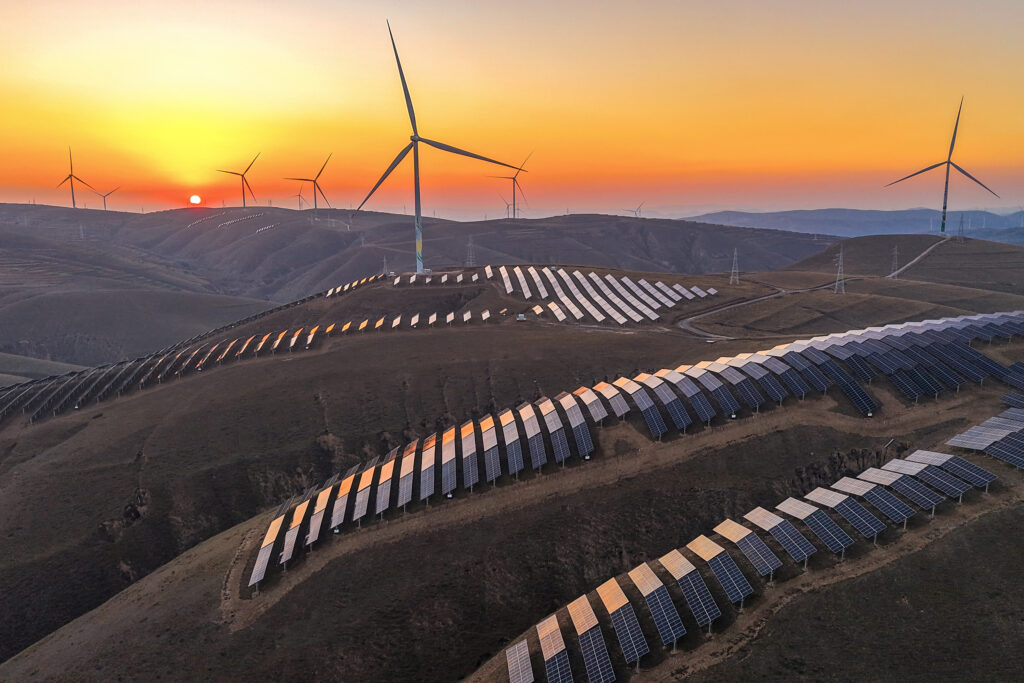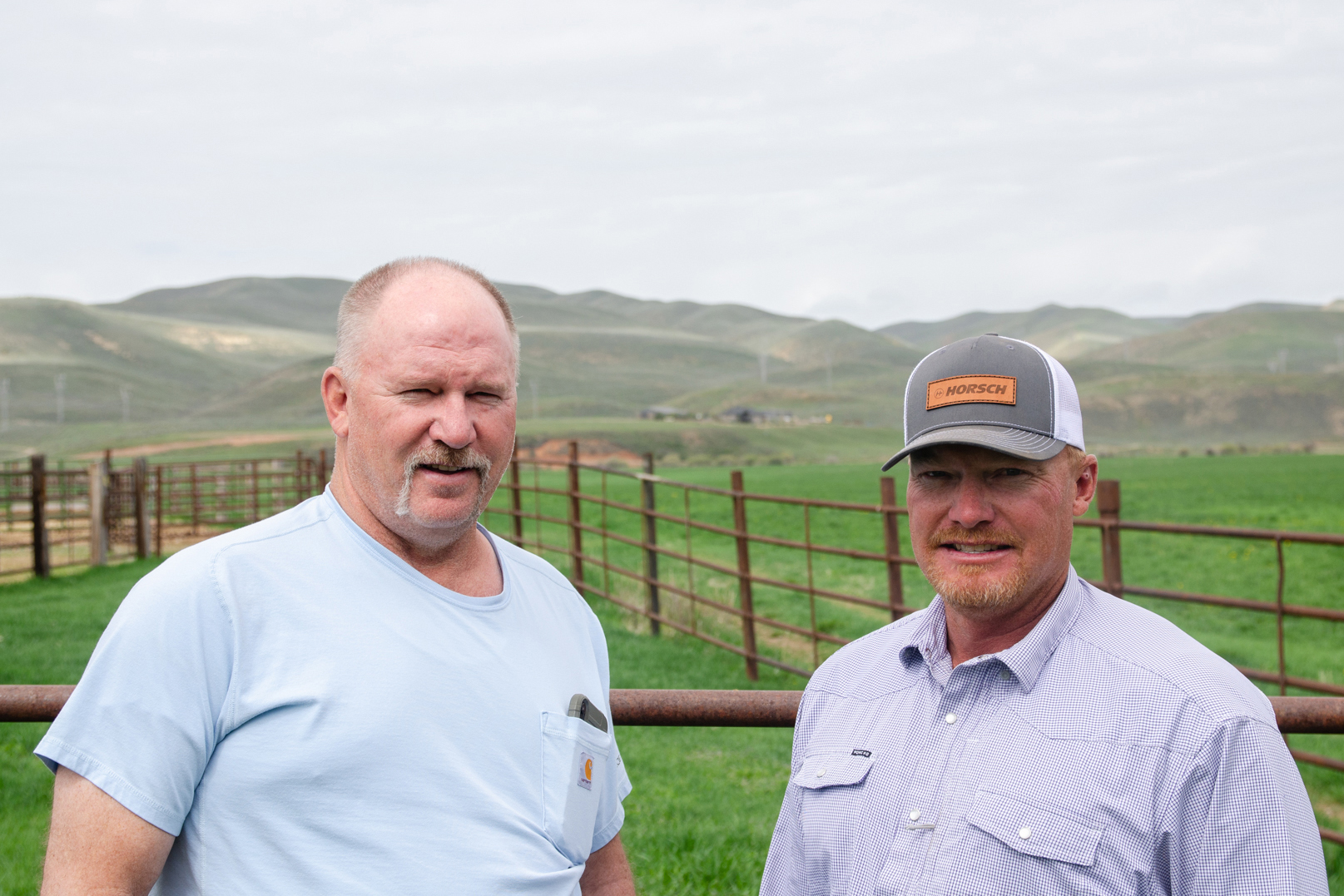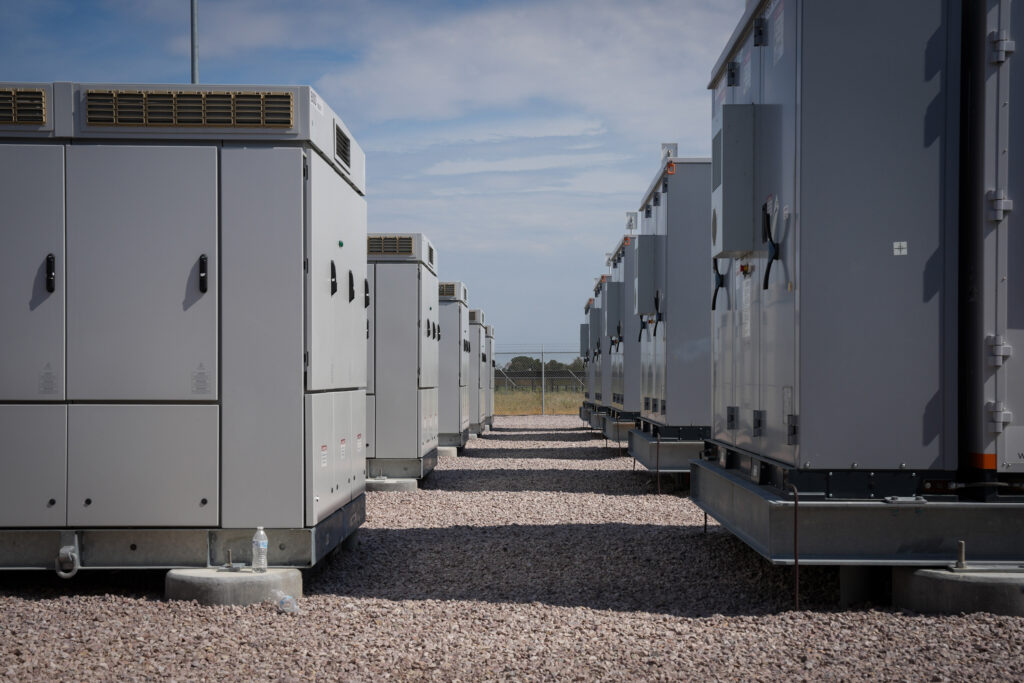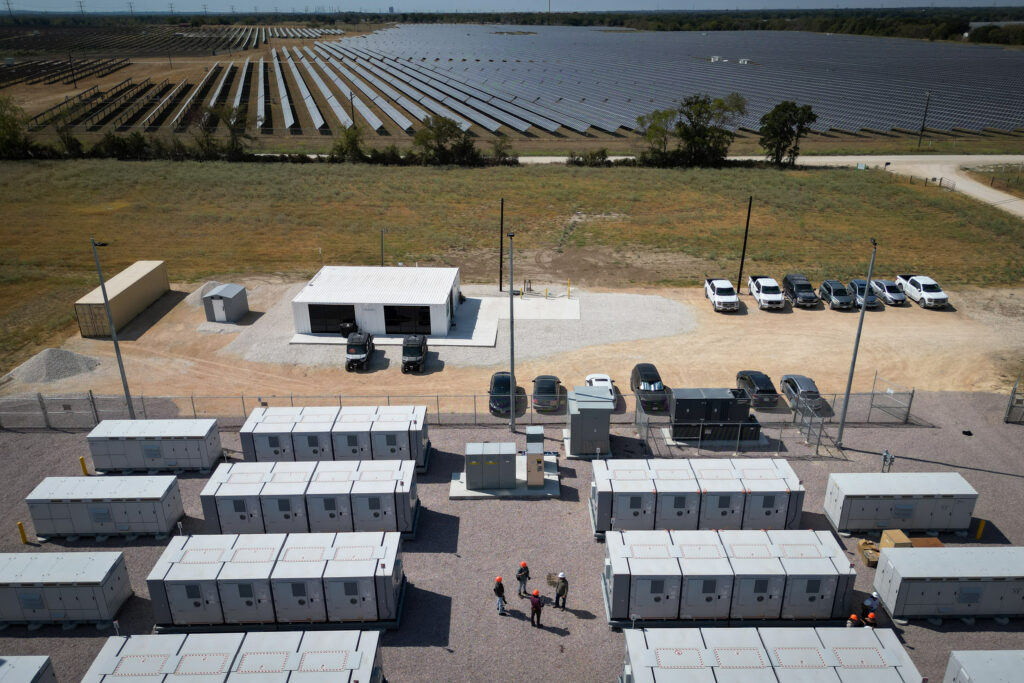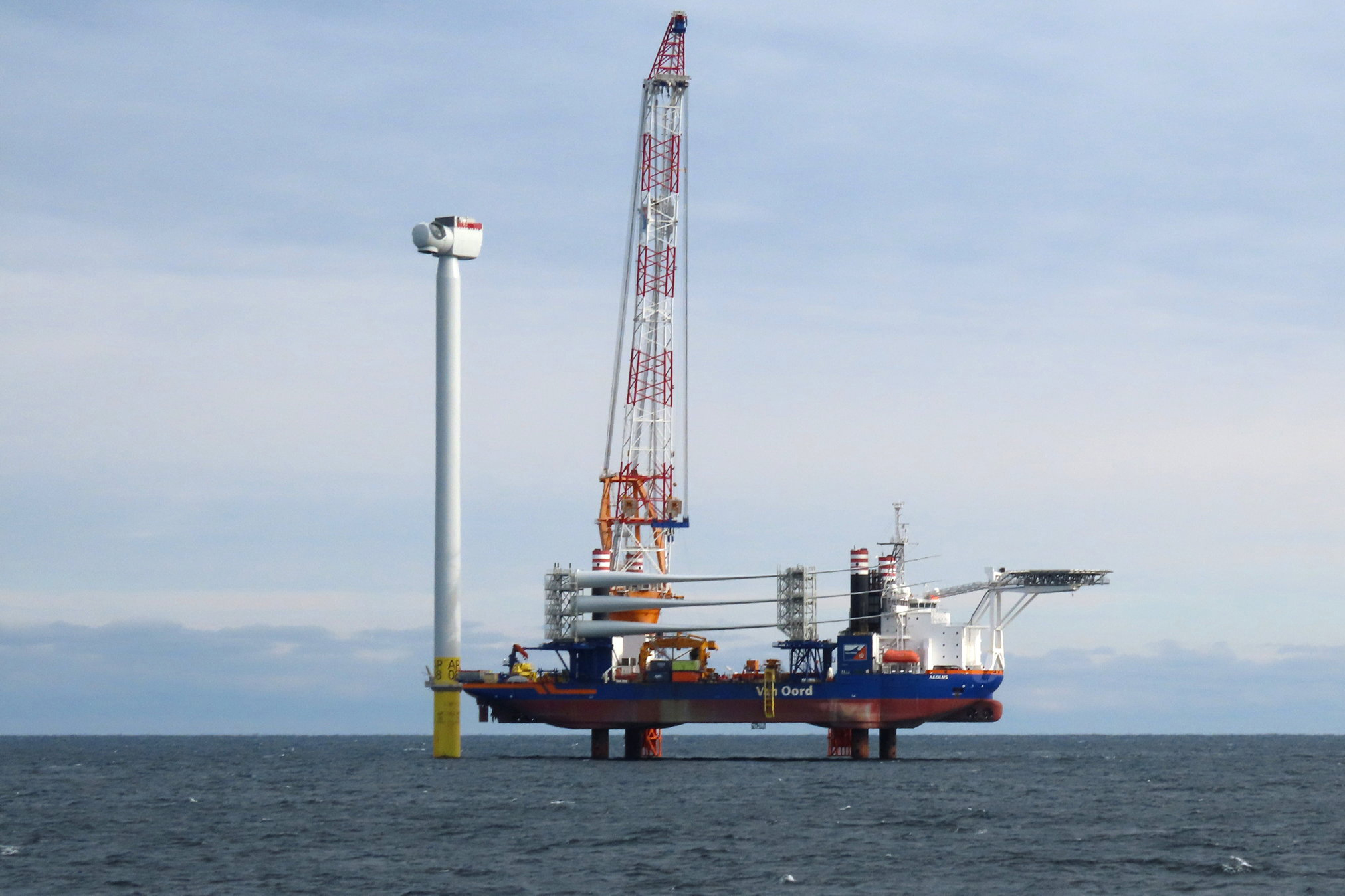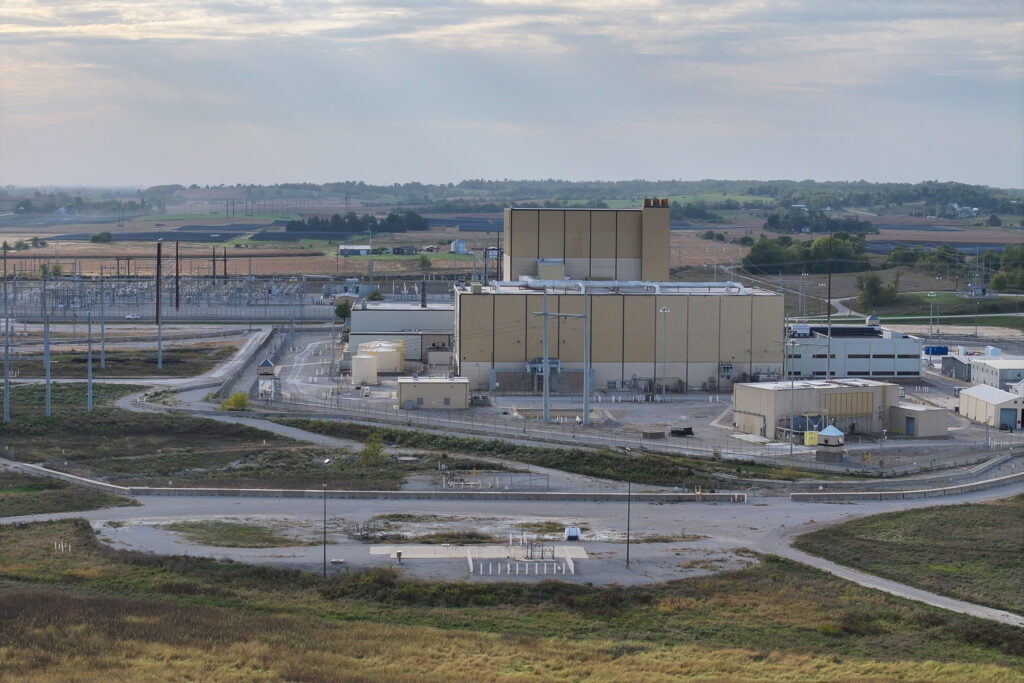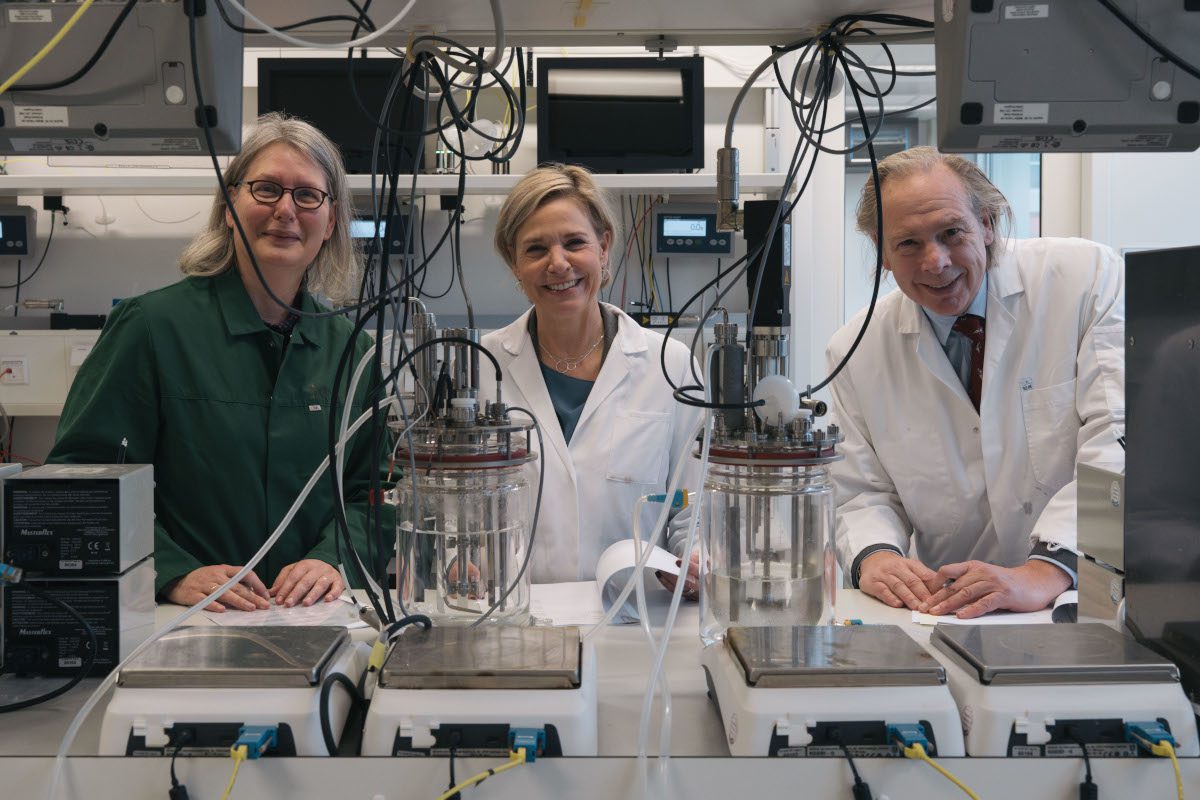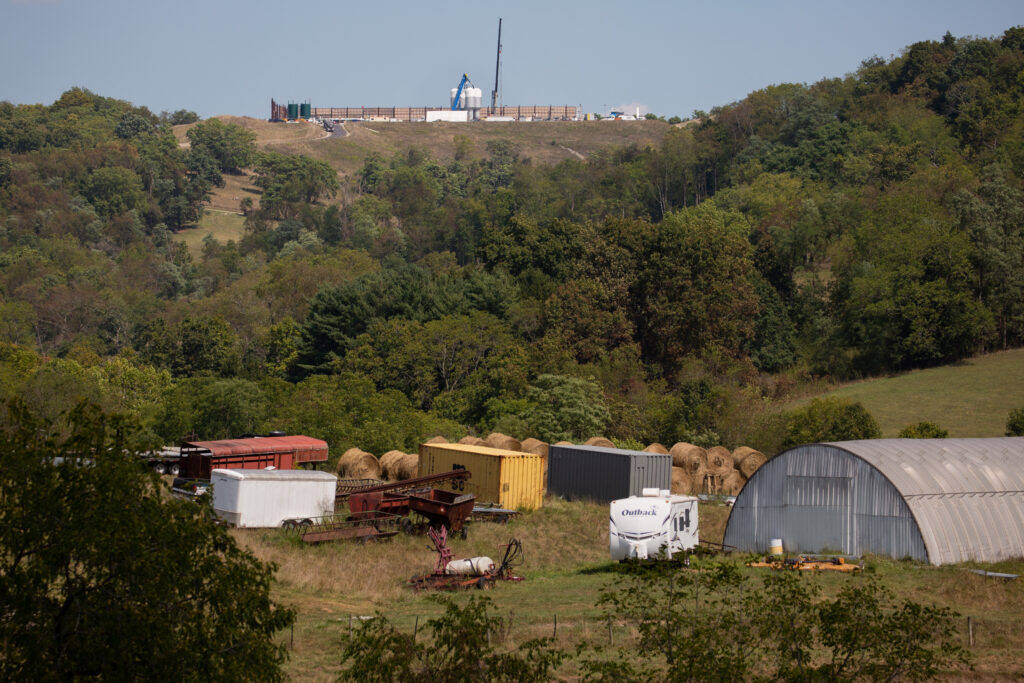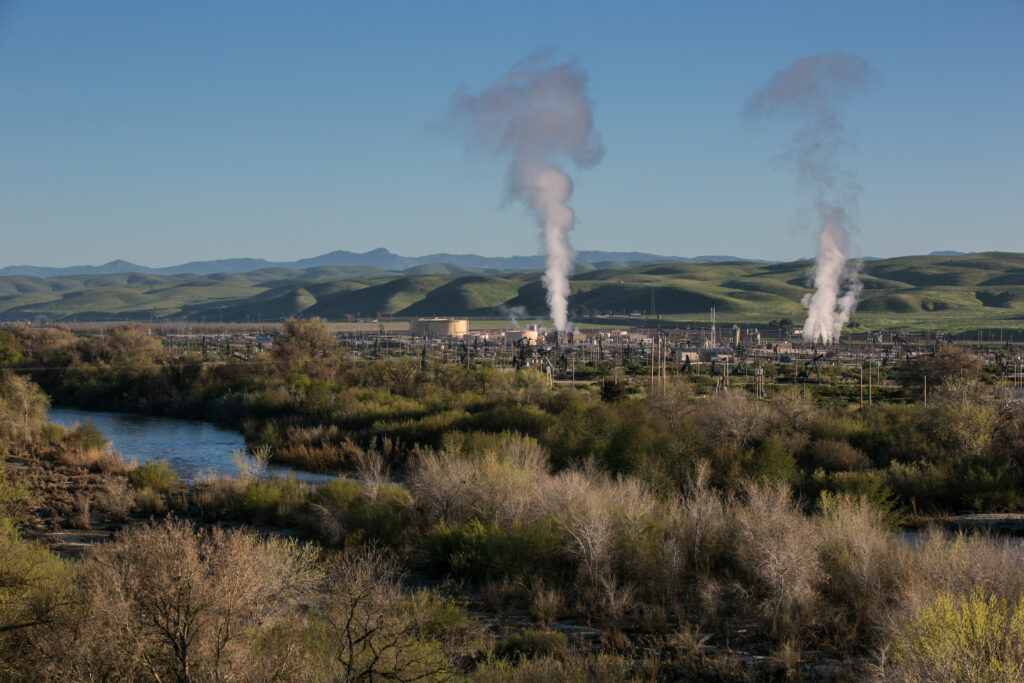The One Big Beautiful Bill, President Donald Trump’s budget wishlist with tax cuts for the wealthy, could have an enormous impact on Virginia’s ability to address the climate crisis, produce renewable energy and generate economic activity for its communities.
The bill, passed by House Congressional Republicans May 22, effectively kills several investment and production tax credits in the Inflation Reduction Act, former President Joe Biden’s signature climate law.
According to an analysis of information from various websites, including the Climate Investment Monitor, E2 and Weseley, almost 70 projects in the districts of Republican representatives from Virginia—worth $18.2 billion in investments and creating almost 11,000 jobs—have used those credits. The U.S. Congress Joint Economic Committee found 21,642 jobs in Virginia had been announced as a result of the IRA.
The One Big Beautiful Bill’s provisions would require projects seeking to use the tax credits to be under construction within 60 days of enactment of the legislation, and be producing electricity for the grid by 2028. Nuclear sources would still be given a timeline of needing to start construction by 2031 in order to receive a production tax credit.
It’s not immediately clear how the bill would impact all those projects in Virginia, since some of them are operating and under construction. But Mike Town, executive director of the Virginia League of Conservation Voters, asked rhetorically: “Will this bill, if passed by the Senate and signed into law, absolutely harm clean energy development and manufacturing across the country?”
His answer: “Yes. Unquestionably.”
But all, he believes, is not lost. Virginia has a clean energy policy, known as the Virginia Clean Economy Act, to transition to zero-carbon sources by midcentury, Town said, “and the clean energy industry existed before the IRA, and it will continue to exist afterwards.”
The One Big Beautiful Bill is the product of what Trump promised and Republicans have long lobbied for—repealing the IRA and cutting back other social services. But, noting goals to have affordable electricity for growing domestic needs, several House Republicans, including U.S. Rep. Jen Kiggans, who represents the Norfolk area, signed a March 9 letter supporting the preservation of IRA tax credits. Any modifications, they wrote, “risk sparking an energy crisis in our country, resulting in drastically higher power bills for American families.”
While the IRA spurred development of renewable energy around the country, Kiggans represents Virginia’s coastal area where Dominion Energy is constructing the nation’s largest offshore wind project, called Coastal Virginia Offshore Wind, or CVOW. And, the state has spent more than a decade making the region an offshore wind manufacturing hub for the entire East Coast.
LS Greenlink, a Korean company manufacturing subsea cables to connect offshore wind electricity to the grid, is planning on using IRA production tax credits as part of its investment of $680 million in the region, creating jobs and receiving cheers from Virginia Gov. Glenn Youngkin, a conservative Republican.
“It’s not free money, we have to earn it,” managing director Patrick Y. Shim told Inside Climate News during a groundbreaking in April. “It’s one of the reasons why we chose…the location.”

Kiggans still voted for the One Big Beautiful Bill, citing support for Trump’s 2017 tax cuts for the wealthy, but said in a statement she “remains deeply concerned about other shortsighted provisions.”
“We should be strengthening, not undermining, the clean energy tools that support our economy, power our military, and keep costs down for working families,” Kiggans said.
Conversely, several other congressional Republicans, including U.S. Rep Ben Cline from Virginia’s rural Shenandoah Valley, signed a letter seeking full repeal of the IRA tax credits, stating not doing so could “jeopardize” extension of Trump’s tax cuts “as well as the President’s other tax priorities.”
Despite tax credits in the IRA shoring up domestic supply chains, including manufacturing of modules for solar panels, Cline, who voted for the One Big Beautiful Bill, said in a statement that Biden’s law “promotes projects that increase our dependence on foreign supply chains.”
U.S. Rep. Rob Wittman, a Republican representing the Richmond suburbs, the Hampton Roads area and the so-called Northern Neck, pointed to an online statement and said “he continues to advocate for clean energy through his role as vice chairman of the House Natural Resources Committee,” according to a spokesperson (though the statement makes no specific mention of the investment tax credits). He, too, voted for the One Big Beautiful Bill.
Trump’s One Big Beautiful Bill is now in the hands of the Republican-controlled Senate, and members of both sides of the aisle have indicated there could be substantial rewrites before going back to the House and then, Trump hopes, back to his desk for signing. In advance of the May 22 House vote, Virginia’s two Democratic Senators, Mark Warner and Tim Kaine, released a statement saying, “We must protect the investments that are creating jobs and lowering costs for Virginians.”
According to a state report released in 2024, Virginia received $36 billion in investment from data centers across 2022 and 2023, $24 billion of which being equipment and software that received sales-tax exemptions. And worldwide, the fossil fuel industry received $7 trillion, or 7.1 percent of GDP in 2022, in subsidies, according to the International Monetary Fund.
Virginia is at the forefront of surging energy demands from the proliferation of data centers. PJM Interconnection, the regional grid serving Virginia, projects summer demand to increase from over 185,000 megawatts across its territory to almost 225,000 megawatts, said Asim Z. Haque Sr., PJM’s senior vice president of governmental and member services, at a recent Virginia Commission on Electric Utility Regulation meeting.


At a time when more electricity generation is needed for the grid, the ones that are “ready to go, the vast majority of those projects are advanced energy. They are solar, they are wind, they are battery storage,” said Harry Godfrey, managing director of Advanced Energy United.
“The answer is unequivocal, if you pull back on these tax policies, it raises costs to consumers,” Godfrey said, referencing a Clean Energy Buyers Association analysis that found removing the tax credits provided under the IRA increases residential electricity costs in Virginia by 5.4 percent. “These are means of helping continueaccelerate the development,” of the clean energy that’s more affordable than fossil fuels, “and lower the costs to consumers.”
Solar and Storage Stalling Out?
Virginia is a net importer of electricity, meaning it relies on other states to generate power and deliver it through transmission lines to meet peak demand at times, which the weekend of June 22 last year reached 21,361 megawatts in Dominion’s service territory.
But given local pushback against solar and storage projects in Virginia, PJM permitting and supply chain issues, the One Big Beautiful Bill’s new timelines are a “big deal,” said Skyler Zunk, co-founder and CEO of Energy Right, a solar advocacy group rooted in conservative principles.
“This essentially would make them all have to go back and refinance completely. That’s essentially pulling the rug out from under very mature projects that have just not started construction,” said Zunk. “This is very important for AI, advanced computing, advanced transportation growth. This bill would be bigger and more beautiful if it truly kept the incentives in place to produce more electrons domestically.”


Zunk pointed to an Energix solar and storage project, and a Dominion Energy solar project, both in Brunswick County, that could generate 200 and 300 megawatts, respectively. The projects had been approved at the local level but still need a state permit, a cultural resource survey and a geotechnical analysis, meaning “it’s going to be probably a year or more before either of those start construction. Those two would be really affected.”
For those who want fossil fuel forms of energy production, natural gas turbines are experiencing years of delay from supply chain issues, energy developers have stated. And, small modular nuclear reactors aren’t likely to come online until the 2030s and may get hurt by the One Big Beautiful Bill wiping out a provision to allow the transferring, or purchasing, of tax credits to investors who want to wipe out their own tax liability, which allows smaller investors to take more risk on emerging technologies, Godfrey said.


The Virginia Clean Economy Act also has targets for Dominion Energy to build out 16,100 megawatts of solar and storage and wind generation technologies. The utility and Appalachian Power Company, which operates under American Electric Power Company and serves rural southwest Virginia, must acquire 100 percent carbon-free generation portfolios by 2050 through a mix of utility and privately-owned resources.
Dominion Energy did not respond to a request for comment, but in a regulatory filing detailed several IRA and Bipartisan Infrastructure Law funding mechanisms it has applied for while stating, “any incremental credit that the Company receives as a result of the IRA will be passed on to customers through lower project costs.”
Appalachian Power, which is facing rising energy bills and a dwindling customer base, said in a statement, “We are continuing to engage members of the Senate as they consider what has been proposed by the House.”
Offshore Wind on Track?
President Trump has been critical of offshore wind projects, but Virginia has been bullish on the technology since the creation of the Offshore Wind Development Board in 2010.
Gov. Youngkin has touted Dominion’s Coastal Virginia Offshore Wind project as “on-time and on-budget,” when it cost $9.8 billion before any recent increases. CEO Bob Blue reiterated in an earnings call earlier this month that project, which would generate about 2.6 gigawatts of electricity, enough to power about 660,000 homes and avoid the emissions equivalent of about a million cars annually, said “let me be clear, CVOW remains one of the most affordable sources of energy for our customers.”
This story is funded by readers like you.
Our nonprofit newsroom provides award-winning climate coverage free of charge and advertising. We rely on donations from readers like you to keep going. Please donate now to support our work.
Donate Now
But Blue also shared that Trump’s tariffs, if continued through 2026 when the project is expected to fully come online, would have a “cumulative tariff impact” of “approximately $500 million.”
Following a $900 million increase earlier this year from PJM interconnection costs and actual tariff costs accrued so far and projected through the end of June this year, the project’s cost has risen to $10.8 billion. Because of a settlement agreement between the company and environmental and ratepayer advocates to ensure protections for any shortfalls in electricity production and cost overruns, 50 percent of the cost increase will be borne by ratepayers.
Dominion initially sought in November to recover $11.23 a month from a residential customer using 1,000 kilowatt hours for CVOW costs before customers could begin receiving credits from the project in later years after it comes online. The costs include a 9.35 percent and 9.7 percent profit margins for the last rate period and the current one, respectively. But the PJM and tariff costs increases for the project equate to an additional about $0.48 monthly increase for those residential customers.
“It is worth noting CVOW was not an IRA project; it was in the pipeline well before the IRA was passed. We felt it made economic sense without that,” Bill Murray, Dominion senior vice president of corporate affairs and communications, said during the Virginia commission meeting. The production tax credits, he added, “certainly help mitigate customer costs…but our read of what passed the U.S. House…is that the CVOW project itself would not be affected.”
Manufacturing Halted?
Farther southwest in the deep red districts of Griffith and McGuire, jobs are hard to come by.
The region, largely beholden to coal, has made efforts to use federal government Abandoned Mine Land Economic Revitalization funds, which sought another round of applications in March for $11 million.
But manufacturing jobs are increasing, including Microporous, a battery manufacturer that announced a $1.3 billion investment for a facility in Pittsylvania County, which has benefited from the IRA tax credits.
There’s also Volvo Trucks North America employing 36,000 people at a plant in Dublin, which has benefited from Commercial Clean Vehicle Credits reducing the costs of electric heavy trucks. The two companies did not respond to a request for comment on the One Big Beautiful Bill.
A press secretary for Youngkin, who cheered the Micorporous announcement, declined to address how loss of the credits could impact the company’s operations and instead cheered the work of Trump Energy Secretary Chris Wright and Department of Interior Secretary Doug Burgum for “unleashing safe, secure, and reliable American energy and power,” without mentioning the word clean.
Peter Finocchio,Yougkin’s spokesperson, also touted the Trump administration and Virginia’s efforts on nuclear, including what could be the first nuclear fusion plant in the world and “several active Small Modular Reactor projects in the works.” Called SMR’s for short, small modular reactors can produce 300 megawatts of electricity and are being looked at as a way to provide carbon-free 24/7 baseload power, though critics question if the technology can be affordable.
Godfrey, with Advanced Energy United, wondered what losing the clean energy purchasing credits may do to the Volvo plant’s sales.
“I think it’s really important for policy makers to take into account the impact of pulling back on some of those demand-side drivers in the form of tax credits like for clean commercial vehicles,” said Godfrey. “I don’t know whether folks in the ninth district are driving those vehicles, but I know they’re making them. If we undercut the clean commercial vehicles incentive, does that continue? I don’t know.”
About This Story
Perhaps you noticed: This story, like all the news we publish, is free to read. That’s because Inside Climate News is a 501c3 nonprofit organization. We do not charge a subscription fee, lock our news behind a paywall, or clutter our website with ads. We make our news on climate and the environment freely available to you and anyone who wants it.
That’s not all. We also share our news for free with scores of other media organizations around the country. Many of them can’t afford to do environmental journalism of their own. We’ve built bureaus from coast to coast to report local stories, collaborate with local newsrooms and co-publish articles so that this vital work is shared as widely as possible.
Two of us launched ICN in 2007. Six years later we earned a Pulitzer Prize for National Reporting, and now we run the oldest and largest dedicated climate newsroom in the nation. We tell the story in all its complexity. We hold polluters accountable. We expose environmental injustice. We debunk misinformation. We scrutinize solutions and inspire action.
Donations from readers like you fund every aspect of what we do. If you don’t already, will you support our ongoing work, our reporting on the biggest crisis facing our planet, and help us reach even more readers in more places?
Please take a moment to make a tax-deductible donation. Every one of them makes a difference.
Thank you,




